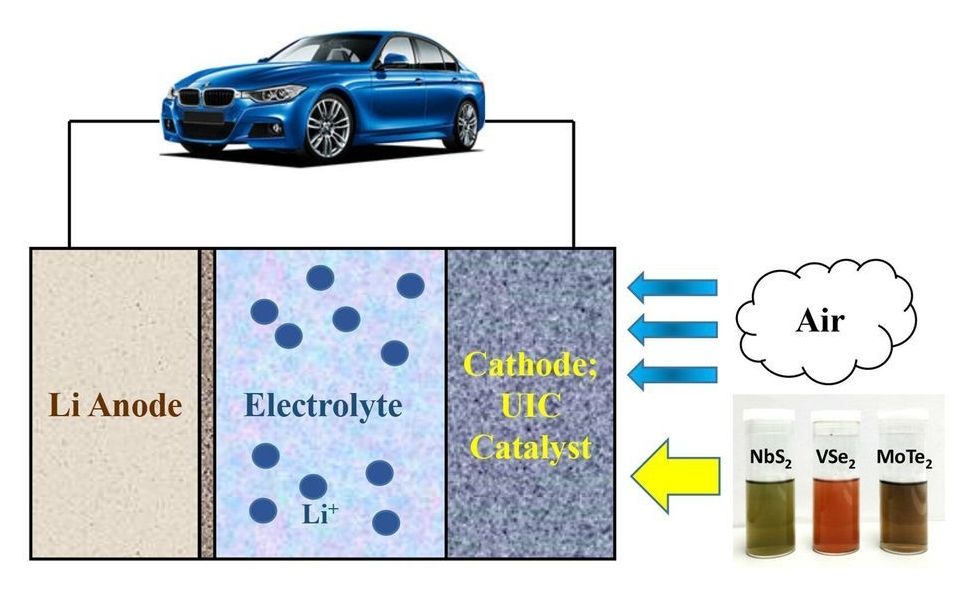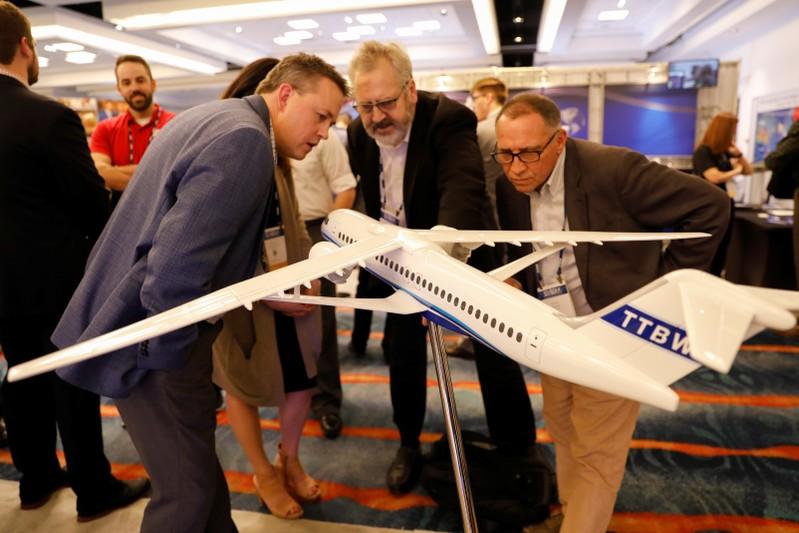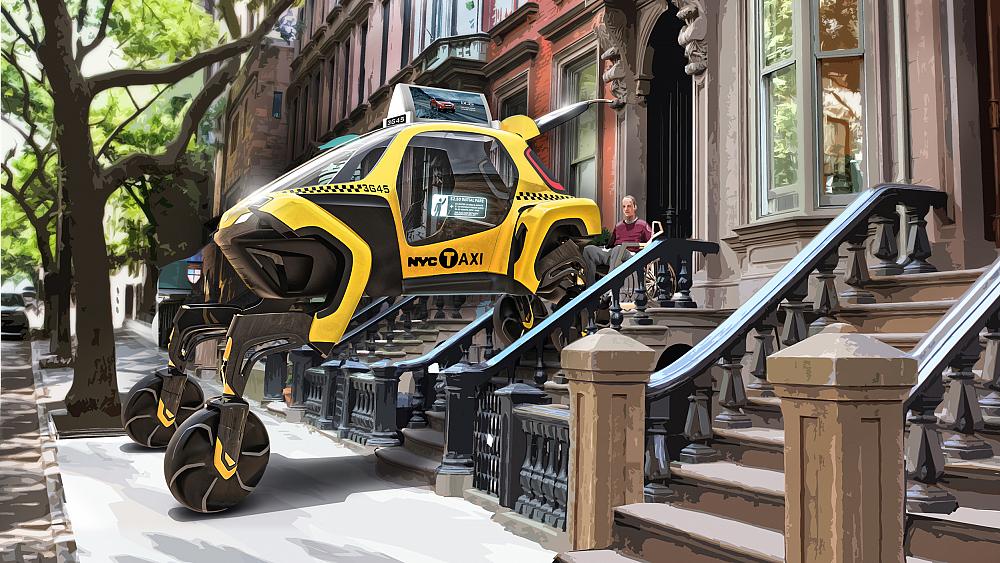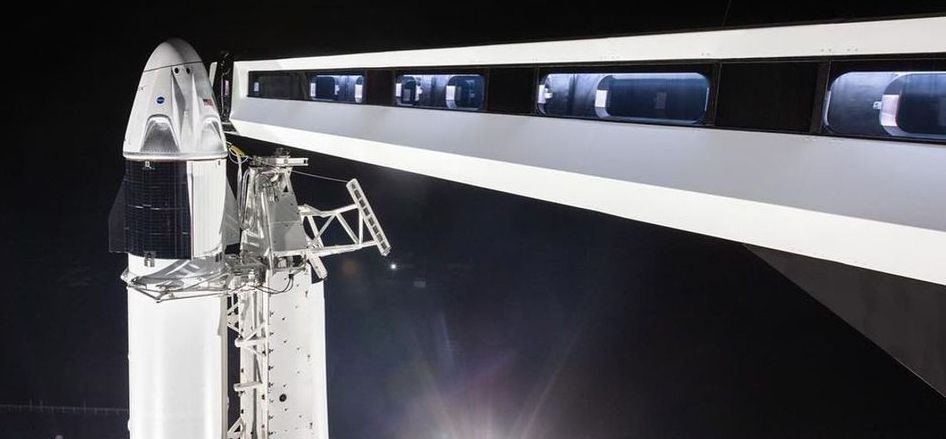If you have a car that is powered by Thorium, you would never need to refuel it, because the vehicle would probably burn out long before the chemical did. The Thorium can last for so long, in fact, that it would probably outlive you.
Category: transportation – Page 491
60 Minutes On This Bicycle Can Power Your Home For Twenty-Four Hours
Wouldn’t it be great to power your home without having enormous costs to starting a journey on the alternative road? Now, you can achieve that and also take care of your figure! The founder of the Free Electric hybrid bike, Manoj Bhargava, says that his invention uses mechanical energy in the most basic way in order to transform an hour of exercise into supplying rural household with energy for 24 hours. The mechanism is simple: when you pedals, a flywheel is put in action, which turns the generator and thus charging a battery. What better motivation to work out from now on than to power your own home without any costs whatsoever? Watch the video featured to see the bike in action.
Nissan Reveals Invisible Tech for a Visible Future at CES
The future is just over the horizon and we’re accelerating towards it. And while the famous Dr. Emmett Brown from Back to the Future once said, “Where we’re going, we don’t need roads,” at this year’s Consumer Electronics Show (CES), Nissan revealed not only the future of road-based transportation but equally your future whip.
Driving in the future will not only be autonomous, but will also seamlessly integrate the virtual world into your physical domain using mixed reality, creating an all-around intelligent, connected, transportation ecosystem.
Watch BMW’s Self-Driving Motorcycle Go for a Spin at CES
The bike can now hug turns and deftly switch directions.


Boeing unveils refreshed jet concept with ultra-thin wings
SAN DIEGO (Reuters) — Boeing Co unveiled a speedier and higher-flying version of a concept plane on Tuesday aimed at sharply reducing fuel use thanks to its elongated ultra-light wings.
The so-called Transonic Truss-Braced Wing aircraft boasts a 170-foot (52 meter) wingspan that sits atop the fuselage and is braced from underneath by a truss in a design reminiscent of biplanes from the early years of aviation.
The world’s largest planemaker and U.S. space agency NASA have been studying the concept plane for nearly a decade as part of the Subsonic Ultra Green Aircraft Research program. Boeing unveiled a reconfigured model or prototype and artist’s rendering at an aerospace conference in San Diego.

NASA’s First Cosmic Car Changed How We Explore the Moon | Apollo
How did NASA engineer a car for the Moon?


The 2018 Good Tech Awards
It’s true that this was a horrible year for many of the tech industry’s biggest companies. Amazon held a nationwide beauty pageant for its new headquarters, raising hopes that the company would help transform a struggling city, then picked the two places that needed it the least. Executives from Facebook, Google and Twitter got hauled before Congress to apologize for * gestures wildly in all directions*. One of Uber’s self-driving cars killed someone. And then there was Elon Musk.
But the tech sector is more than its giants.
Last year, I handed out “good tech” awards to a handful of companies, nonprofit organizations and people who used technology to help others in real, tangible ways. The goal was to shine a spotlight on a few less-heralded projects that may not get front-page headlines or billions of dollars in funding, but are actually trying to fulfill the tech industry’s stated goal of improving the world.